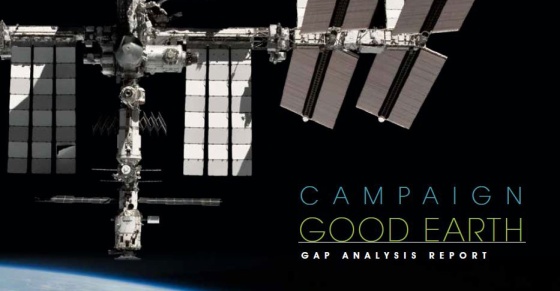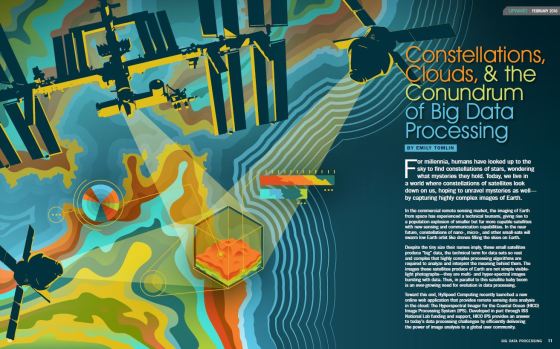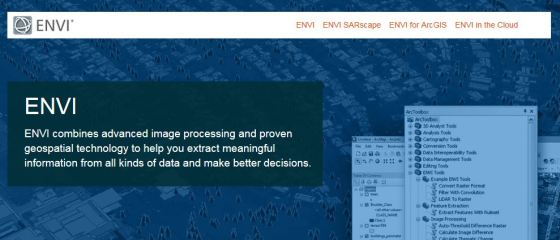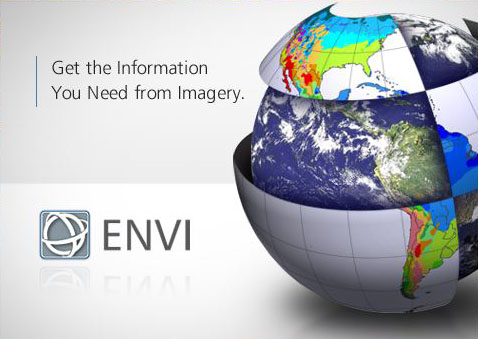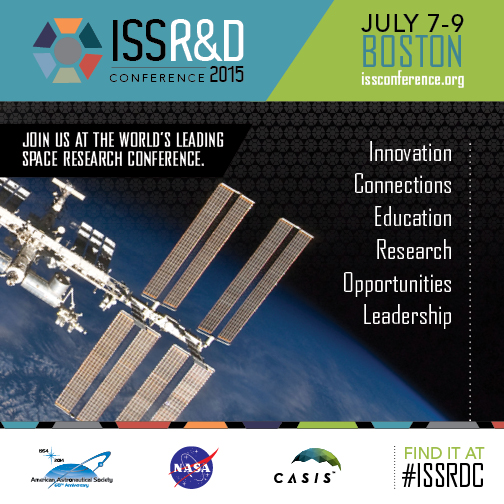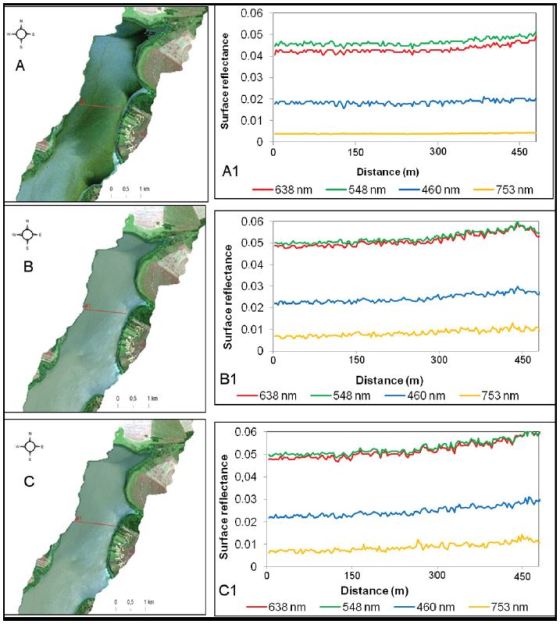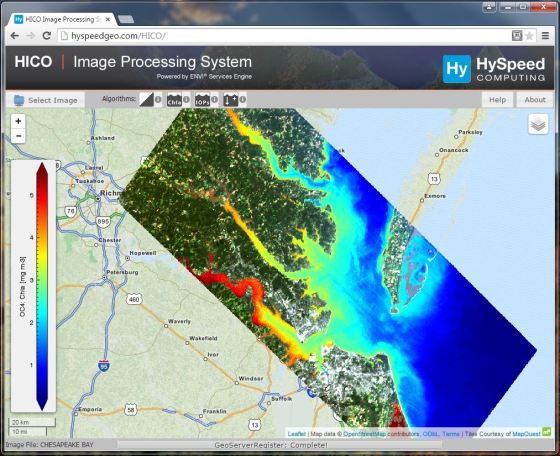 Join us for a live webinar
Join us for a live webinar
Tuesday, April 18, 2017 | 10:30am EDT/3:30pm BST
Delivering On-Demand Geoanalytics at Scale
Things have changed. Vast amounts of imagery are freely available on cloud platforms while big datasets can be hosted and accessed in enterprise environments in ways that were previously cost prohibitive. The ability to efficiently and accurately analyze this data at scale is critical to making informed decisions in a timely manner.
Developed with your imagery needs in mind, the Geospatial Services Framework (GSF) provides a scalable, highly configurable framework for deploying batch and on-demand geospatial applications like ENVI and IDL as a web service. Whether you are a geospatial professional in need of a robust software stack for end-to-end data processing, or a decision maker in need of consolidated analytics for deriving actionable information from complex large-scale data, GSF can be configured to meet your needs.
This webinar will show you real-world example applications that:
- Describe the capabilities of GSF for scalable data processing and information delivery
- Introduce the diverse ecosystem of geospatial analysis tools exposed by GSF
- Illustrate the development of customized ENVI applications within the GSF environment
What are your geospatial data analysis needs?
If you can’t attend the live webinar, register anyways and we’ll email you a link to the recording.


